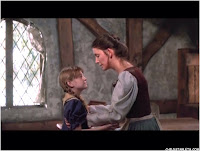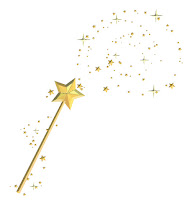http://luigitoto.altervista.org/wp-content/uploads/2015/03/disney-disney-princesses.jpg
Disney is not the only one who contaminated fairy tales. But what makes his films different?
It is my opinion, that the Zeitgeist is the ultimate catalyst for fairy tale appropriation. More specifically, with the tale of Snow White.
We will be discussing 2 films pertaining to this subject matter (both of which are based on the Grimm's original "Little Snow White" (1812):
Disney's "Snow White and the Seven Dwarfs" (1937) and East German DEFA's "Schneewittchen" (1961).


http://blog.disneystore.com/.a/6a013481198
b41970c017ee6b1cf55970d-
http://images3.cinema.de/imedia/6471/2076471, z9i+DMgLLiI3MjiMYWm+Q+lPAFA9Nsyho5J
HrlPP793GkOZdJRrD72v9gRoXUM417PBUzg
SVbNlEh_krNPFsVw==.jpg
The most noteworthy modification that Disney employed was changing the film's center of attention (stressing the animation over the story). Disney's Snow White and the Seven Dwarfs is first and foremost a love story. Snow White meets the prince in the very beginning of the film, unlike in the original tale when they meet after she "wakes up" from being poisoned (without a kiss I might add).
Furthermore, the seven dwarfs are no longer simply a function of the tale, they are integral characters. They have names, personalities, and are even addressed in the film's title!
https://s-media-cache-ak0.pinimg.com/736x/39/97/c7/3997c72e9e7be826b049a2f2fe8f8347.jpg
Disney used his film to entertain as well as educate. The whimsicality of the film (centering the story on young love, turning the queen into a magical witch, and characterizing the jolly/diligent dwarfs) distracts the audience from their current misfortunes while bringing the hope of a brighter future through the prospects of hard work and goodness.
http://teal-blog.s3.amazonaws.com/2013/10/snow-white-the-prince-disney-princess-19089827-1024-768.jpg
The symbolic notion of the dwarfs in Disney's film is also presented in DEFA's "Schneewitchen," though for different reasoning. The implication of hard work is still prominent, but in reference to doing one's duty rather than self advancement. This directly correlates with the ideologies of socialist East Germany.
http://defa-vdb.deutsche-kinemathek.de/dl/movies/1022421/10/5213-slim.jpg
The concept of camaraderie is also demonstrated in "Schneewittchen." Snow White addresses the dwarfs as du rather than the formal Sie. Woman are seen more as equals than in the Grimm's tale and Disney's rendition. The mirror (der Spiegel), which is a masculine noun in German and possess a male voice in "Snow White and the Seven Dwarfs," is instead given a female voice; insinuating that females do not need to seek the approval of men.
http://img2.wikia.nocookie.net/__cb20110801120956/disney/images/f/f9/Snowwhite-disneyscreencaps.com-100.jpg
That being said, all three Snow White's are extremely passive and acutely epitomize a typical Hausfrau.
The Grimm's original tale is better represented by DEFA's "Schneewittchen" (as far as plot/content), but Disney (though sexist and incongruous with the original) holds an ever-present place in audiences hearts. Furthering their own monopoly on the Grimm's works.

















